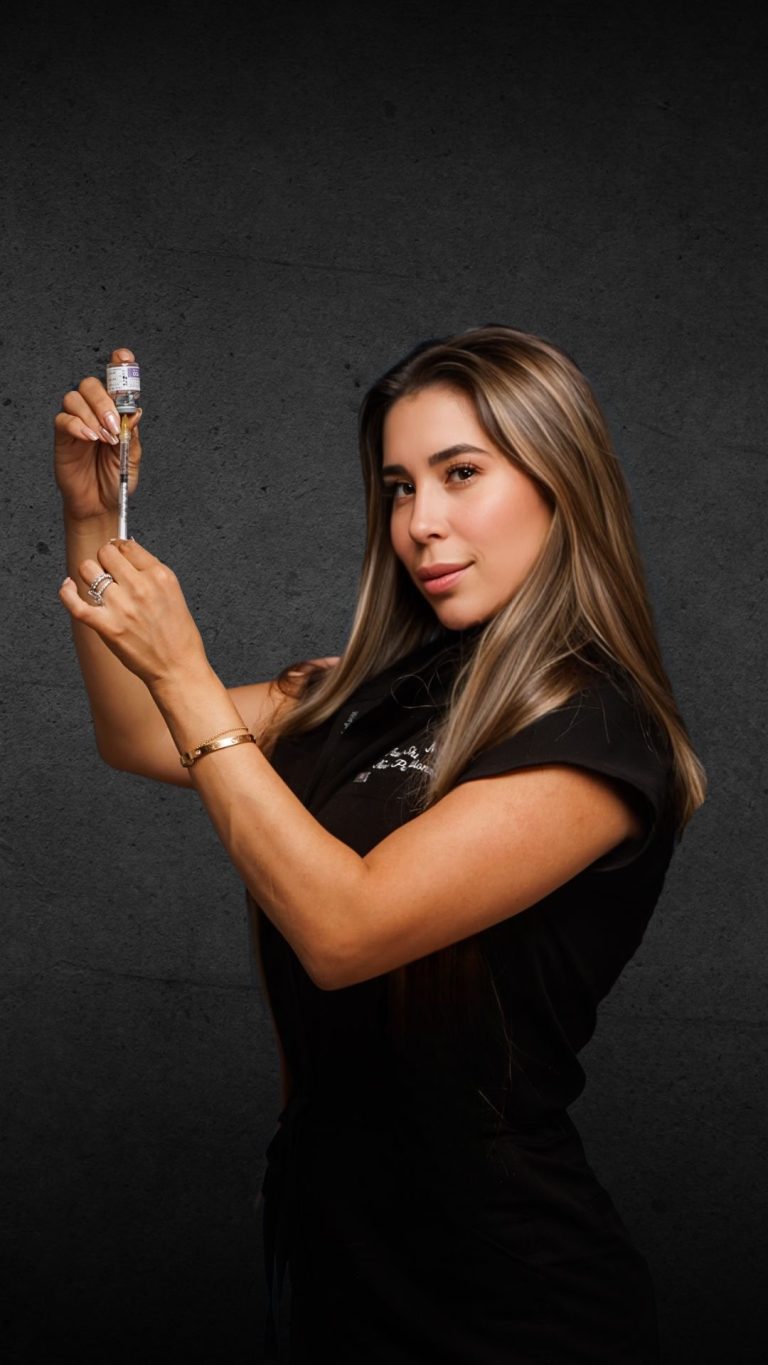
Technology, internet, business and marketing. Young business woman writing word: Customer journey
User journey is one of the most important parts of your online business. Learn how to maximize your user journey for all visitors for higher conversion rates. When we’re running any business or venture that involves customers, it’s important that we think about the user journey, often called the sales funnel.
Understanding the user journey can really help you to conceptualize how to reach customers and give
yourself the best chance to obtain their business. We’re going to talk a little bit about this journey, today, giving you an idea of what it is and how you can optimize it to best grow your customer base.
Let’s get started:
What is The User Journey?
The user journey is essentially the entire process that a user has with your brand.
From the first time that one of your ads appears on their feed to the fifteenth purchase they make from you, there are opportunities to streamline and optimize the customers experience to make the benefit both you and your users.
Having a clear idea of the journey that users take and doing your part to optimizing it will lead to a lot more business and continued business from the people you do attract.
We’ll take a look at each section of the sales funnel below.
1. Awareness
This is the phase where a customer notices your brand. This is typically via advertisements or word of mouth. It’s difficult to regulate and capitalize on word of mouth, though, so it’s best to focus on the advertisement end of things.
As things currently stand, odds are that you’re marketing your brand through social media. PPC ads are an exceptional way to get your brand out there because they allow you to invest a small amount of money to produce a great deal of exposure.
Another benefit of pay-per-click ads is that they give you the chance to monitor your results and fine-tune ads that aren’t doing as well as you’d like them to. Simply look at the analytics of the platform you’re using and measure things like CTRs, engagements, and exposure.
When you compare various ads to one another, you can isolate different elements that work and change the less-successful ads accordingly.
2. Interest
This is the phase where individuals start engaging with your content. That could mean that they like or commend on an ad, follow your account, sign up for your email list, or something along those lines.
In this phase, you should be aware of the customer that’s in your reach. It’s a great time to send out a soft greeting to let the customer know about your offerings or current promotions.
It’s not great to be too pushy during these times. The individual has already expressed general interest, so it’s best to let them ease into the decision and lightly guide their hand by showing them what you have to offer.
4. Consideration
At this point, the individual is seriously debating whether or not to make the purchase.
Depending on the type of business you run, this entire process could happen over a period of a few minutes or a few months. What matters is that you’re aware of where users are at in the funnel and keep them in mind.
When someone’s giving you consideration, it’s a great opportunity to reach out to them and ask if they have any questions. The more personalized, the better.
Having an agent reach out to individuals who have engaged with your content for a significant period of time is a great way to help individuals start to make purchases. The odds are that they’ve considered purchasing but there’s something holding them back.
Even if they’re not aware of this, a quick conversation with the individual might clear whatever needs to be cleared so that they can feel more comfortable making the purchase.
5. Intent
Intent isn’t applicable to all businesses, but it’s definitely a factor in those businesses where purchases are more significant and take a little longer to go through.
For example, businesses that are selling vehicles might take a little longer for the user journey to go through. In these cases, make sure to keep the customer in mind when they’ve expressed intent.
Contact with that person is important, simply as a reminder that the purchase is something they’ve expressed that they want to do. You shouldn’t flat out tell a customer that they expressed a desire to buy something and that you’re reminding them of that.
Simply ask how they’re feeling in the process and if they have any questions. At a certain point, you could be more forward and ask if they’re interested in making the purchase today, or something along those lines.
6. Purchase
Now the individual has made the purchase and is using whatever product you’ve sold them.
The game isn’t over yet. It’s important to follow up with individuals who have supported your business and see how the product is faring. Ask if they have any questions, and see if you can get any reviews or suggestions on how to better your process.
Additionally, staying in touch with individuals who have purchased from you is an exceptional way to establish continued business. When someone can tell that you actually have an interest in how they’re doing after they’ve made the purchase, you’ll establish a greater deal of trust.
That trust from the support you give will make the difference between customers who make one purchase to those who make hundreds of purchases from you over the course of their lives.
Seek Feedback From Customers
Any opportunity you can get to receive feedback from customers is one you should take. It’s one thing to create the site and the user journey from the business end and an entirely different thing to go through it.
Ask your customers if there’s anything you could do to improve your process or if there are ideas that they have to offer. Incentivizing reviews is a great way to receive them, and positive reviews also help your position in Google searches.
Need More Business Tips?
Optimizing your user journey can be a difficult process. We’re here to help you with more ideas that you can use to attract customers.
Explore our site for more tips and tricks on business, marketing, sales, and more.






